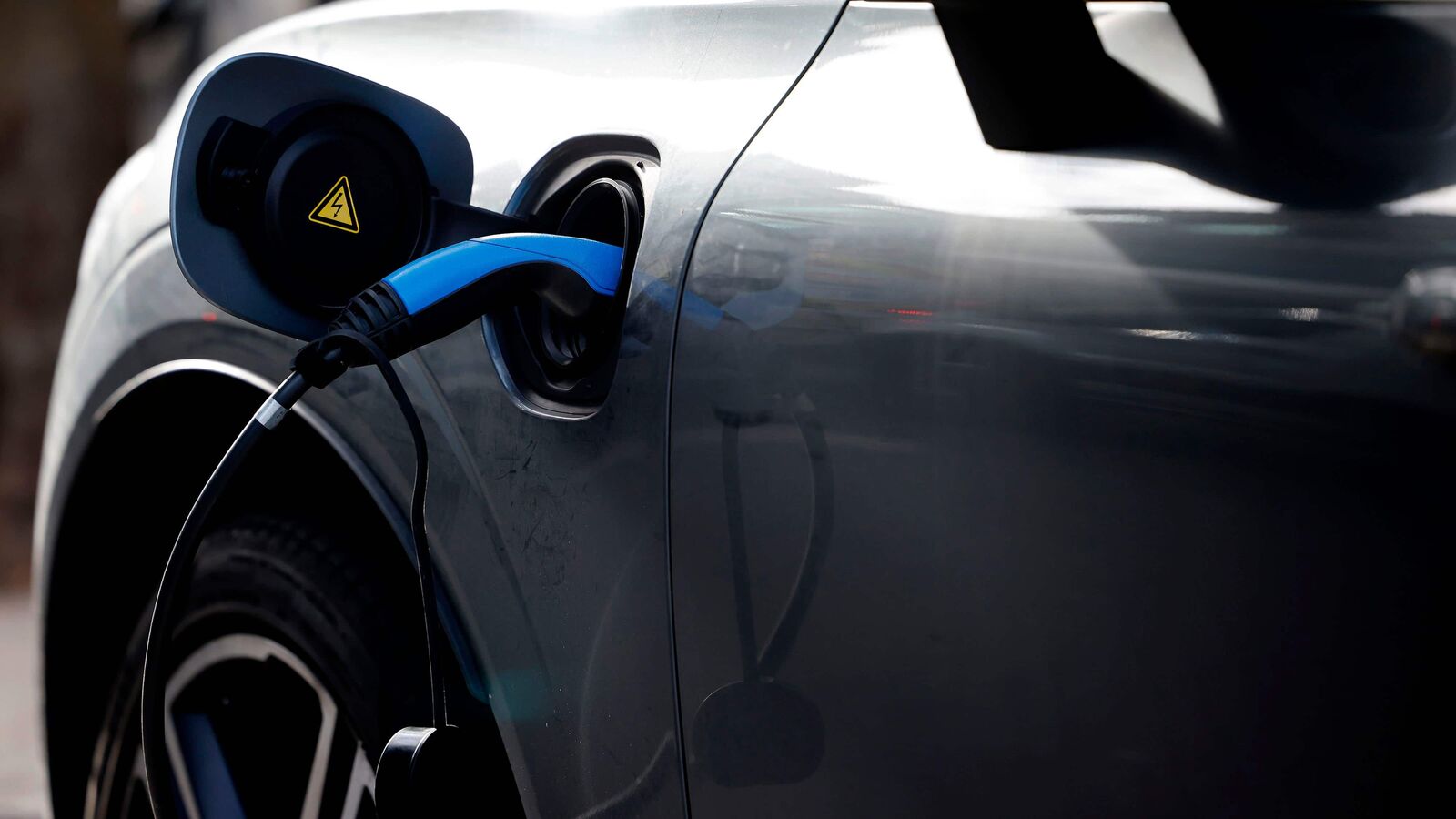FAME-III is likely to ensure continuity of the incentive programme conducive to accelerating the growth of electric mobility in respect of innovation,
…
The Government of India will kickstart the third phase of its Faster Adoption & Manufacturing of Electric Vehicles – FAME scheme in two months. H D Kumaraswamy, Minister of Heavy Industries (MHI), made the announcement at an industry event held in New Delhi, while reiterating the commitment of the government towards the cause of promoting the electric vehicle ecosystem.
Strengthening India’s EV ecosystem
During the address, Kumaraswamy elaborated on the initiative of the government with regard to achieving local manufacturing combined with sustainable growth, a report by PTI stated. “The government is determined in its commitment towards the development of India’s EV ecosystem,” he said. “In two months, FAME-III will be rolled out.
Also Read : FAME 2 subsidy end, election, heat wave dampen India’s EV sales in May
Now, with emphasis on making India a global leader in electric mobility, I request all the stakeholders to come together in turning the ‘Viksit Bharat’ vision into a reality on behalf of India,” he said.
FAME-III is likely to ensure continuity of the incentive programme conducive to accelerating the growth of electric mobility in respect of innovation, infrastructure, and policy support.
Success of FAME I and FAME II
The FAME scheme was first brought in 2015 with an initial allocation of about ₹900 crore, which seeded the EV industry. Under FAME-I, about 278,000 pure electric vehicles were incentivized at the cost of ₹343 crore. After its successful run, FAME-II was launched and its outlay was substantially scaled up to ₹10,000 crore.
FAME-II was quite crucial to expand sales of EVs, with over 1.6 million vehicles receiving its support. By the end of FAME-II, the EV sales reached from less than 7,000 units in FY15 to over 1.5 million units in FY24, marking up 6.8 per cent of all automobile sales. Apart from this, the number of players in the EV industry surged from 124 in FY15 to 731 in FY24, showcasing interest and investments in the segment increasing more and more.
Extension of the Electric Mobility Promotion Scheme (EMPS)
The government followed this up with EMPS 2024, initially allocating ₹500 crore. However, due to increasing demand, the Government has extended the EMPS for two months and increased the outlay to ₹778 crore. This is aimed at subsidising electric two- and three-wheelers further, which is the most essential segment in India’s EV transition.
Also Read : ARAI, ICAT officials under scanner for awarding FAME II incentives to EV makers
Addressing future challenges
For the future, the minister listed a number of key priorities of the government on its agenda, which include: speeding up EV adoption in all vehicle segments, including heavy-duty trucks; improving value addition in the EV value chain; and building more charging infrastructure throughout the country. Kumaraswamy further emphasized the need for sustained innovation and investment in the sector.
The government, along with professional associations, is simultaneously addressing the skill gap in terms of a workforce in order to have a future-ready talent pool to support the fast-growing EV ecosystem in India. “Going forward, our efforts will be towards building a stronger foundation for electric mobility in India, driven by innovation and infrastructure development,” the Minister concluded.
Check out Upcoming EV Cars in India, Upcoming EV Bikes in India.
First Published Date: 05 Sep 2024, 11:56 AM IST

